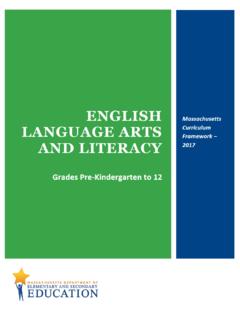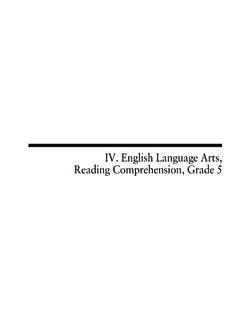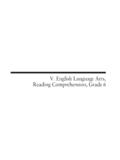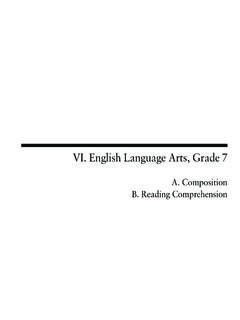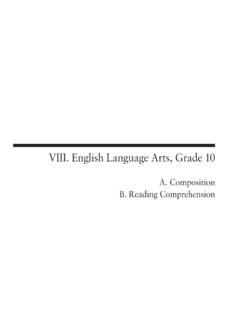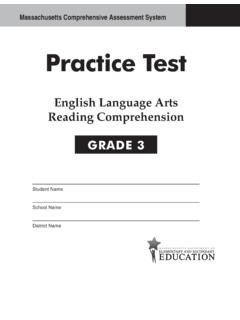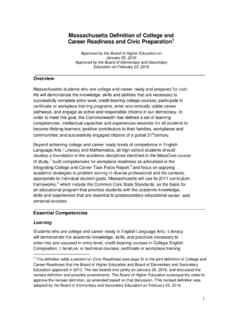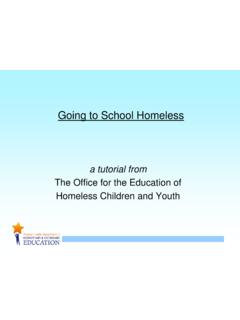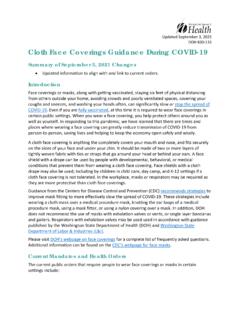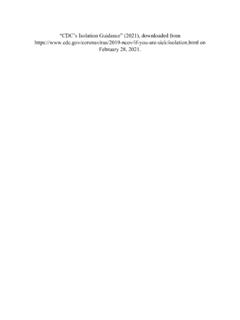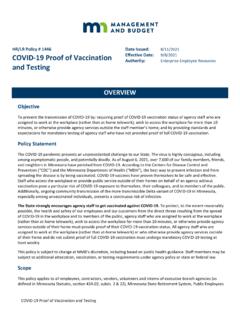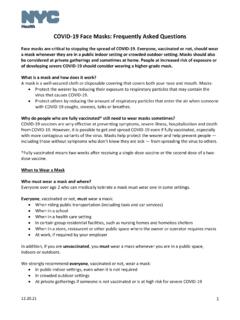Transcription of MEMORANDUM TO: Collaborative Leaders, Leaders of …
1 Jeffrey C. Riley Commissioner Massachusetts Department of Elementary and Secondary Education Margret R. Cooke Acting Commissioner Massachusetts Department of Public Health MEMORANDUM TO: Superintendents, Charter School Leaders , Assistant Superintendents, Collaborative Leaders , Leaders of Approved Special Education Schools FROM: Jeffrey C. Riley, Commissioner, Department of Elementary and Secondary Education Margret R. Cooke, Acting Commissioner, Department of Public Health SUBJECT: DESE/DPH Protocols for Responding to COVID-19 Scenarios - SY 2021-22 DATE: August 13, 2021, updated January 31, 2022, updated March 3, 2022 Introduction On July 30th, the Department of Elementary and Secondary Education (DESE) and the Department of Public Health (DPH) released a joint memo on COVID-19 guidance for Districts and Schools Fall 2021. As outlined in the memo, all schools are required to be in-person, full-time, five days a week for the 2021-22 school year, and all previously released DESE health and safety requirements are lifted.
2 In addition to outlining recommendations for school and district policies on masking, the memo also previewed new COVID-19 testing and quarantine response protocols for schools. This document outlines the testing and quarantine response protocols for SY 2021-22. Districts and schools also received information about how to sign up for this school year s statewide COVID-19 testing program. Districts may continue to sign up throughout the school year if they are not yet participating. As outlined on DESE s updated COVID-19 testing program web page, DESE and DPH released updated testing program guidance on January 18, 2022. Under this guidance , districts and schools may select a new option within the testing program to provide weekly at-home rapid antigen tests to students and staff and discontinue contact tracing and the Test and Stay protocol. This option is available to districts and schools so long as they are participating in the symptomatic and/or pooled testing components of the statewide testing program.
3 DESE and DPH recommend that districts select this new option, and if they choose to implement it, they must notify their local board of health. Districts and schools that choose to maintain Test and Stay will continue contact tracing and will not be eligible to receive rapid antigen at-home tests. 2 As a reminder, routine pooled testing was implemented during the 2020-2021 school year as a mitigation strategy which involves combining several individuals test samples together into one pool and then testing the pooled sample for COVID-19. This approach increases the number of individuals that can be tested at one time and allows for regular testing in the school community for COVID-19. The full pooled testing guidance can be found at Symptomatic testing is also available to districts and schools for all individuals (including vaccinated , unvaccinated, and those who have tested positive for COVID-19 in the past 90 days) that present COVID-19 symptoms at school or on the bus as outlined in this guidance .
4 Training for school health staff on BinaxNOW for this purpose can be found on the BU SHIELD website. Across all other testing program components (pooled testing, weekly at-home rapid antigen tests, and Test and Stay), individuals should not participate if they have tested positive for COVID-19 within the last 90 days. DESE and DPH continue to strongly recommend that all faculty, staff, and eligible students receive the COVID-19 vaccine and booster. For schools that are interested in setting up vaccine clinics on campus with a DPH-approved mobile vaccination provider, including clinic staff and vaccination administrators, free of charge, please fill out a request via the online form. In addition to recommending COVID-19 vaccination, it continues to be essential that the educational and public health communities, as well as cities and towns, work together to ensure as many children and adults as possible receive flu vaccines.
5 This will reduce the number of students who need to stay home due to illness. Effective Monday, February 28, the DESE mask requirement was lifted statewide. Masking continues to be required in school health offices. As always, any individual who wishes to continue to mask, including those who face higher risk from COVID-19, should be supported in that choice. DESE and DPH strongly recommend unvaccinated individuals should continue to wear masks in school settings. Please contact the DESE Rapid Response Help Center at 781-338-3500 with any questions. Districts and schools must contact the Help Center for guidance if they are experiencing a high volume of cases. Notification should also be provided to local boards of health and district leadership. 3 Section 1: Key definitions This section outlines the list of COVID-19 symptoms, provides the definition of a close contact, and outlines situations where close contacts are exempt from COVID-19 testing and quarantine response protocols including isolation, quarantine, and Test and Stay.
6 COVID-19 symptoms Below is the full list of symptoms for which caregivers should monitor their children, and staff should monitor At this time, based on the advice of public health officials and medical experts, DESE and DPH are revising the symptoms list to align with DPH statewide guidance . While previous guidance provided a differentiated symptoms list for vaccinated and unvaccinated individuals , the new symptoms list below applies to all individuals , regardless of vaccination status. individuals who experience any symptoms on the list below should follow the testing and quarantine response protocol for symptomatic individuals (Protocol C) as outlined in Section 2 of this document. Please note that, consistent with the DPH Public Health Advisory Regarding COVID-19 Testing, these protocols have been adjusted to recommend, but not require, a COVID-19 test to return to school.
7 COVID-19 symptoms list: Fever ( Fahrenheit or higher), chills, or shaking chills Difficulty breathing or shortness of breath New loss of taste or smell Muscle aches or body aches Cough (not due to other known cause, such as chronic cough) Sore throat, when in combination with other symptoms Nausea, vomiting, or diarrhea when in combination with other symptoms Headache when in combination with other symptoms Fatigue, when in combination with other symptoms Nasal congestion or runny nose (not due to other known causes, such as allergies) when in combination with other symptoms Definition of a close contact Close contacts are defined as individuals who have been within 6 feet of a COVID-19 positive 1 4 individual while indoors, for at least 15 minutes during a 24-hour 3 Please note that the at-risk exposure time begins 48 hours prior to symptom onset (or time of positive test if asymptomatic) and continues until the time the COVID-19 positive individual is isolated.
8 In general, close contacts should follow the testing and quarantine response protocols in Section 2 of this document. However, certain close contacts are exempted from testing and quarantine response protocols as noted below. Close contacts who are exempt from testing and quarantine response protocols The following close contacts are exempt from testing and quarantine response protocols: Asymptomatic, fully vaccinated4 close contacts: individuals who are asymptomatic and fully vaccinated are exempt from testing and quarantine response protocols. Masked close contacts in classrooms and on buses: An individual who is exposed to a COVID-19 positive individual in the classroom, so long as the individuals were spaced at least 3 feet apart, or on the bus, while both individuals were masked, is exempt from testing and quarantine response protocols. Close contacts who have had COVID-19 within the past 90 days: An individual who has been previously diagnosed with COVID-19 and then becomes a close contact of someone with COVID-19 is exempt from testing and quarantine response protocols if: o The exposure occurred within 90 days of the onset of their own illness AND o The exposed individual is recovered and remains without COVID-19 symptoms.
9 Section 2: Recommended testing and quarantine response protocols This section outlines testing and quarantine response protocols for individuals students and staff who test positive for COVID-19, close contacts who are not exempt from testing and quarantine response protocols, and symptomatic individuals . Each scenario outlines the duration of any recommended quarantine or isolation, the conditions to be met for the individual to return to school, and any additional considerations. Overview of Protocol Categories: Protocol A: For individuals who test positive for COVID-19 2 Note: To be a close contact, the 15 minutes must occur within a 24-hour period. Multiple brief or transitory interactions (less than a minute) throughout the day are unlikely to result in 15 minutes of cumulative contact and do not meet the definition of close contact. 3 CDC definition of Close Contact.
10 Available at: 4 At this time, fully vaccinated is defined as two-weeks following the completion of the Pfizer or Moderna series or two-weeks following a single dose of Johnson & Johnson s Janssen vaccine. 5 Protocol B: Protocol for asymptomatic close contacts Protocol C: Protocol for symptomatic individuals Protocol A: For individuals who test positive for COVID-19 Protocol A for individuals who test positive Duration: Self-isolation for COVID-19 positive cases is a minimum of 5 days after symptom onset or after positive PCR or antigen test, if asymptomatic. Return to school: After 5 days5 and once they have: o Been without fever for 24 hours (and without taking fever-reducing medications) o Experienced improvement in other symptoms. o Following the 5-day isolation period, wear a mask for 5 additional days when around others, other than when eating, drinking, or outside.

